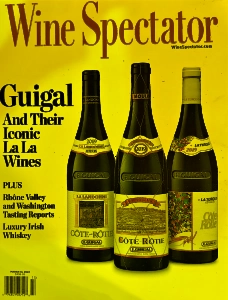Focusing on the Reader of the Story
“Here’s how to introduce yourself to a reporter so that you will be a source for a news story on the subject,” consultant Janet Falk writes. The five W’s, she advises (who, what, when, where, why) should serve as the framework for your pitch.
In blog marketing, the “Who”, of course, denotes narrowing down your audience in order to “target” the content to those you most hope will be reading your post. “Be as specific as possible,” Falk cautions.
The “what?” has two components: What idea or concept will you present? Then, what will they do next with that idea? Think of readers’ situation before they learned this information; compared to after they hear about it, Falk writes.
Translated into content marketing, the “what” relates to the “where”. In the Call to Action, what alternatives are you offering for next steps? There should be more than one: those ready to buy should be enabled to do that right away (link or phone number). Those who need more information before making a decision should be able to message you. For those not quite ready for any of those steps, provide a link to a video or white paper. Navigation to that “where” needs to be very easy.
The “Why” is the most important question of all, Falk explains. “How will your idea help someone save time, save money or make more money?”
When it comes to blog marketing, there’s a lot of talk about “traffic”. Yes, blogging is part of business owners’ and professional practitioners’ “pull marketing” strategy, designed to attract readers’ eyeballs. In practice, however, fewer might actually prove better, I explain to Say It For You clients. The real goal is attracting readers of “the right kind“, customers who have a need for and who will appreciate the services, products, and expertise being showcased in your content.
In the scenario Janet Falk describes, you are introducing oneself to a reporter as a source for a news story, In content marketing, the “reporter” is the search engine algorithm, which serves as a “gateway” for you to tell your story to the target reader. “Social media algorithms can be a powerful ally in growing one’s online audience. Think of them as virtual matchmakers designed to match users with content that suits their interests,” sproutsocial,com explains.
Whether you’re introducing yourself to a reporter or to an algorithm, define your five W’s, always focusing on the ultimate reader of the story.






Follow us online!